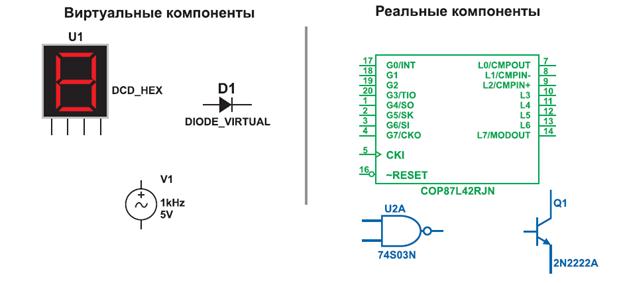A general model for introducing new language
We can now look at the general model for introducing new language, which gives, and overall picture of the procedure. The model has five components: 1) lead-in, 2) elicitation, 3) explanation, 4) accurate reproduction and 5) immediate creativity. 1) During the lead-in, the context is introduced and the meaning or use of the new language is demonstrated. This is the stage at which students may hear or see some language (including the new language) and during which students may become aware of certain key concepts. The key concepts are those pieces of information about the context that are vital if students are to understand the context and thus the meaning and use of the new language. If we are introducing a dialogue in which a visitor to a town is asking for directions from a local resident it will be necessary for the students to understand that: - The speaker is a stranger. - He or she doesn’t know where something is. - He or she is talking to someone who lives in the town. With this knowledge the students will understand what the speaker is saying (and why) in the following dialogue: Visitor: Excuse me! Resident: Yes? Visitor: Where’s the station? Resident: It’s opposite the hospital at the end of this street. Visitor: Thank you very much. Resident: Don’t mention it. In the case of formulated information (such as the airline timetable) it will be necessary for students to understand the concepts of destination, via, departure and arrival, for without these they will not understand the meaning of such sentences as ‘ Flight 309 goes to Paris’. During the lead-in stage the teacher can also demonstrate the probable course of an interaction (particularly at more advanced levels). Thus, at this stage we introduce our context (making sure that key concepts are understood) and show the new language in use. 2) During the elicitation stage, the teacher tries to see if the students can produce the new language. If they can it would clearly be wasteful and de-motivating for them if a lot of time were spent practising the language that they already know. At the elicitation stage – depending on how well (and if) the students can produce the new language – the teacher can decide which of the stages to go to next. If the students cannot produce the new language at all, we will move to the explanation stage (3). If they can, but with minor mistakes, we may move to the accurate reproductionstage (4) to clear up those problems. If they know the new language but need a bit more controlled practice in producing it, we may move directly to the immediate creativitystage (5). Elicitation is vitally important, for it gives the teacher information upon which to act. It is also motivating for the students and actively involves their learning abilities. 3) During the explanation stage, the teacher shows how the new language is formed. It is here that we may give a listening drill or explain something in the students’ own language; we may demonstrate grammatical form on the blackboard. In other words, this is where the students learn how the new language is constructed. 4) During the accurate reproduction stage, students are asked to repeat and practise a certain number of models. The emphasis here will be on the accuracy of what the students say rather than meaning or use. Here, the teacher makes sure that the students can form the new language correctly, getting the grammar right and perfecting their pronunciation as far as necessary. 5) When the students and teacher are confident that the students can form the new language correctly, they will move to immediate creativity. Here, they try to use what they have just learned to make sentences of their own, rather that sentences which the teacher or book has introduced as models. It is at this stage that both teacher and student can see if the students have really understood the meaning, use and form of the new language. If they are able to produce their own sentences, they can feel confident that the presentation was a success.
   
Notice again that if the students perform well during the elicitation the teacher can move straight to immediate creativity. If at that stage they perform badly the teacher may find it necessary either to return to a short accurate production stage or, in extreme cases, to re-explain the new language.
|











